|
Today I welcome children's author, Elizabeth Cummings to the blog to chat about her latest book, Rain Shaker, and her series, Vertyville. What has been your greatest influence in your writing? Was it your childhood experiences, or something else? My parents - they read to me every day and took me every week to our local library. Mum always kept a journal and insisted we did too, especially on holiday! We were always expected to write thank you letters at Christmas and birthday times and to also send our grandparents letters throughout the year. I was always close to my grandparents perhaps that is one of the reasons why! I also took part in drama groups and enjoyed storytelling with my sister and we spent hours making up little plays and then preparing ‘shows’ (including ticket sales and refreshments!) that we got our family to attend. You’ve studied Psychology. Has this influenced the type of stories you write? Absolutely - my first book was a mental health narrative about a sibling’s perspective on eating disorders. I have written about family illness, trauma and recovery and about bullying. I am currently working on a story about parental depression. (In fact, Elizabeth has written a whole series called, The Elephant in the Room. This series 'deals with tough health and wellbeing issues through the eyes of a young child. The purpose of the series is to help explain difficult health topics to younger children who made be going through tough times within their families as well as to empower them in seeing their role in the whole recovery process.' You can check out the series on Elizabeth's website.) You’ve written a number of books in the Verityville series. Why did you write this series? It’s a series that celebrates local people in my town and in a wider sense is a series that seeks to encourage gratitude for those who help us in our daily lives. I love hearing the stories behind the stories. The inspiration. What are the stories behind these particular stories from Vertyville? Wow! Great question! Well, at the moment there are six main characters who feature in each of the picture books: Audrey is a real person - she is a dear friend and is actually trained as a hairdresser but became a lollipop lady so that she could fit her work hours around her children’s schooling. She is so kind and her funny stories about what happened on the school crossing gave me the idea to write the book; The Sweetest Lollipop in the World. The Garbage Guy is about my friend Chris who worked for the council - cleaning the beach and the streets. We would go running early in the morning on the days he didn’t work and I would hear all his stories about the pollution he saw and the careless way people disposed of their rubbish. I got to know lots of his colleagues and they were always so friendly and helpful. I began to really notice all the good they did in their daily work and wanted to share these concepts in that book. Mrs T is a real teacher - she taught my daughters and had a great way of motivating the children and making them feel special. She’d go through their work with them and get the student to draw a ‘tick’ with the tip of a pencil case that looked like a pencil. Then she’d get them to shade over it in coloured crayon, and low and behold, tell them that the magic was in them as the tick showed through the colour. We were reminiscing about these happy days and so the idea of sharing this gorgeous story grew into the rhyming narrative Mrs T and the Magic Pencil! The story Brave and Strong All Day Long is once more about a local person. Fiona is one of the lifeguards at my local beach. She is such a positive female role model and over the years we have chatted about surf safety and her journey into the male dominated career of a professional lifeguard. The stories about gender-based bullying and her determination and resilience struck me so naturally, she became a focus of my imagination and desire to share her back story. Hair Magic is based on my hairdresser and also my grandmother’s hairdresser. I have witnessed how much a hairdresser does beyond the actual cutting of hair - the conversation with lonely older people, the support for those going through hair loss in their chemotherapy treatments, the happy experiences of having one’s hair styled in a new way or for a special occasion and the impact a hairdresser can have on making people feel good. The Girl on the Road story is based on all the women we see now working on building sites. Where I was younger, I used to live in Glasgow and I would have to go to school in the city. I would pass lots of building sites and I would feel scared as there would often be workers shouting out at young women walking alone and so to see women accepted in this sector is not only a wonderful thing in terms of gender equality, but also I have heard from those in the industry that the construction workplace is a far safer, more inclusive and friendlier place since women have been encouraged to be part of the workforce. Do any of your characters become afraid? If so, what do they do to help them face their fears? Yes, my young sailor in The Very Bad Thing is afraid. They are at sea and stuck in a storm surrounded by THE VERY BAD THING. The Very Bad Thing causes the sailor much distress and fear as well as a sense of self-doubt as they wonder what they have done and why the Very Bad Thing is happening to them. During the story, the sailor calls for help and discovers that, with help, The Very Bad Thing is less powerful, and so the sailor journeys on in the new knowledge that they can go on and be safe beyond the reach of The Very Bad Thing. The message of this story is that help is there even in the darkest of times. It is a gender-neutral story and The Very Bad Thing is not named so the readers can apply the message and the ideas to their own experience and interpretation. There is also a surfer boy in the picture book Brave and Strong All Day Long who is caught in a rip and is scared. He is lucky as Fiona is there to rescue him and save the day! Your new book, Rain Shaker has just been released. This is a bit different to what you’ve written before. What prompted this story? Well, it’s a little different as it does not deal with mental health nor does it focus on real people, however it does centre on important conversations and finding a way to be empowered. So, there are some synergies… The trigger to write Rain Shaker came from the many conversations my children had about the weather with their grandparents overseas in the UK and Northern Ireland. They used to joke about how unfair it was that all the rain was over there and that here in Australia we were having droughts and needed rain! There, the little seed of an idea for this book was born. The driver for taking this concept through to publication comes from my passion about the natural world and our responsibility for its future. Do you have a favourite story/book/ character from any of your own books? Oooooh - a tough question! They are all my favourite characters. The one I admire the most is Fiona the lifeguard as she is so strong and has been resilient in the face of gender-based bullying, as well as reaching the top levels of achievement in women’s surf sports. I find her strength and bravery inspiring. My new heroine - Erin- is a favourite too, as she is dynamic, innovative and full of self-belief. Her personality reminds me of my sister Lucy, my niece Cerys and above all, my daughter Heidi, all who are so creative and strong in their sense of self and their conviction in taking action about things that are important to them. Three fun facts about Elizabeth: I have run 5 marathons I hate my toes being touched! I love snorkelling! You can find out more about Elizabeth on: Her website and on Facebook: Elizabeth Cummings This interview was organised as a part of the ‘Verityville’ book campaign with Books On Tour PR & Marketing. If you've enjoyed this post, feel free to like, comment, and/or share.
If you'd like to keep up to date, feel free to subscribe to my extremely irregular Newsletter.
0 Comments
Velvet, Valentine and Vanilla Bean are sleeping out in their treehouse when leaves rustle and branches scrape. "Fox claws," Velvet whisper-shouts. What can the bunnies do to protect themselves? How do they work together to scare Foxy-Foxy away? With wonderfully bright illustrations by Naomi Greaves, Go Away, Foxy Foxy is a beautifully told tale of how working together can solve a problem. Today I'm chatting with Karen Hendricks, author of her picture book, Go Away, Foxy, Foxy. Hi Karen. What inspired you to write Go Away, Foxy, Foxy? My pet rabbit called Thumper, that I adored as a child was one source of inspiration. He slept on my lap and drank milk from a baby’s bottle. He was a very smart bunny. This got me thinking that the biggest threat to a bunny is a fox or a dog. You guessed it, for my story I chose a fox. Then the idea for balloons in the story was inspired from being a teacher and children made paper poppers to flick and pop! They made super loud noises. And as a child I always wished I had a treehouse and I finally got one in my story. That's the fun thing about being an author. You can live your dreams through the pages of a book. How long did it take to write this book? This story has been worked on for four and a half years. Every time I thought it was done I put it to bed but I couldn’t give up on it. The bones of the story stayed the same but I always believed in this story. Haha! I know all about that. What did you edit out of this book? That’ s easy peasy! I originally had paper poppers in the story and I changed them to balloons. How do you select the names of your characters? One of my favourite things is name selection. I play around with names a lot. Vanilla Bean was inspired by vanilla ice cream. Vanilla is my favourite flavour and then the idea came to have the other names start with a V too. Velvet is a soft fabric that is strong. Valentine is meek and mild and this name came from Valentine’s Day. What was it like working with your illustrator? The illustrator Naomi Greaves, created the visual narrative herself. I was surprised and delighted by her illustrations and they do pop. Most of all they work with the words to tell the story beautifully. The story narrative is deliciously layered with Naomi’s bright vivid illustrations. How does your book help children face their fear? It shows children that although they are small it doesn’t mean they are powerless. Problems can be solved and challenges overcome with team work that recognises each individual’s talents with creativity. That's all so true. Have you ever been afraid? What happened and what did you do to face your fear? I have been afraid many times. I hate people sneaking up behind me because as a child I was hit by a car from behind in an horrific accident walking home. I am terrified of hospitals and dentists and germs because of health things that have had me hospitalised. I face my fear by taking a deep breath and just getting on with things and not overthinking. It sounds like it has a lot to do with controlling your breathing, and controlling what you are thinking about, and how you are thinking. Great tips. What do you hope children will gain from reading your book? There are so many things I hope children will gain from reading my book, but if I have to choose…
What's your next project?
I have my second picture book Feathers coming out in two weeks, so that is going to keep me busy. I have another picture book story that I want to put some polish to. I write lots of stories but finding a gem is like finding a needle in a haystack. That all sounds exciting. What’s your favourite place to write? This is tricky - on the lounge, the dining room table and our local coffee shops. Three fun facts about Karen: I love flying foxes, carousels, dodgem cars and rollercoasters. I have lots of random ideas that sometimes turn out to be such fun things to do. I like being with me and travelling and exploring, but I love home more. Go Away, Foxy Foxy is available in selected book shops and online from https://daisylanepublishing.com and Booktopia for $18.99 (soft cover) and $29.99 (hard cover) You can find out more about Karen on: Her website Facebook: Karen Hendricks Childrens Author and on Twitter. This interview was organised as a part of the ‘Go Away Foxy, Foxy’ book campaign with Books On Tour PR & Marketing. 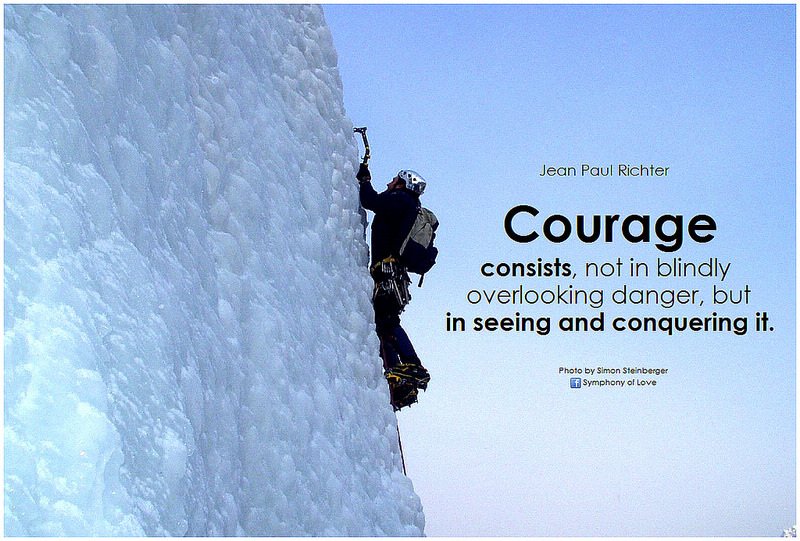 The other day I came across a link in the Huffingtonpost, I was so excited. So many of the points in the article about conquering fear, are strategies that I put in one of my stories, Raymund and the Fear Monster. How did I know? I'm not a psychologist, a counsellor or an authority of overcoming fear. I am is someone who has had first hand experience of fear, and overcoming them. I had the typical childhood fears. I was absolutely certain that there were monsters under my bed. I didn't tell my parents. For years my mother wondered why I slept right in the middle of the bed. I mean, that was the only spot that the monsters hands could not get me. I was afraid of the dark and the things in the dark. I was afraid of the monster that lived in the toilet pipes. I could him rattle and bang around in there. I was always waiting for him to grab my butt. (Though, living in Queensland, it would have been a big green frog that would have touched my butt). I grew up in a household with an alcoholic and abusive father, where everyday I lived in fear. I was kicked out of home at sixteen and lived on the streets. Fear kept me alive and I survived. In the past few years, living with a chronic illness has it's own unique set of fears that I must face daily. To quote Aristotle, "Courage is the first of human virtues because it makes all others possible." So what do I do?
Children can do these things also to overcome their fears, one step at a time. Then they too, can live a courageous life, as can you. |
AuthorOn my blog you will find: Categories
All
Click to set custom HTML
|
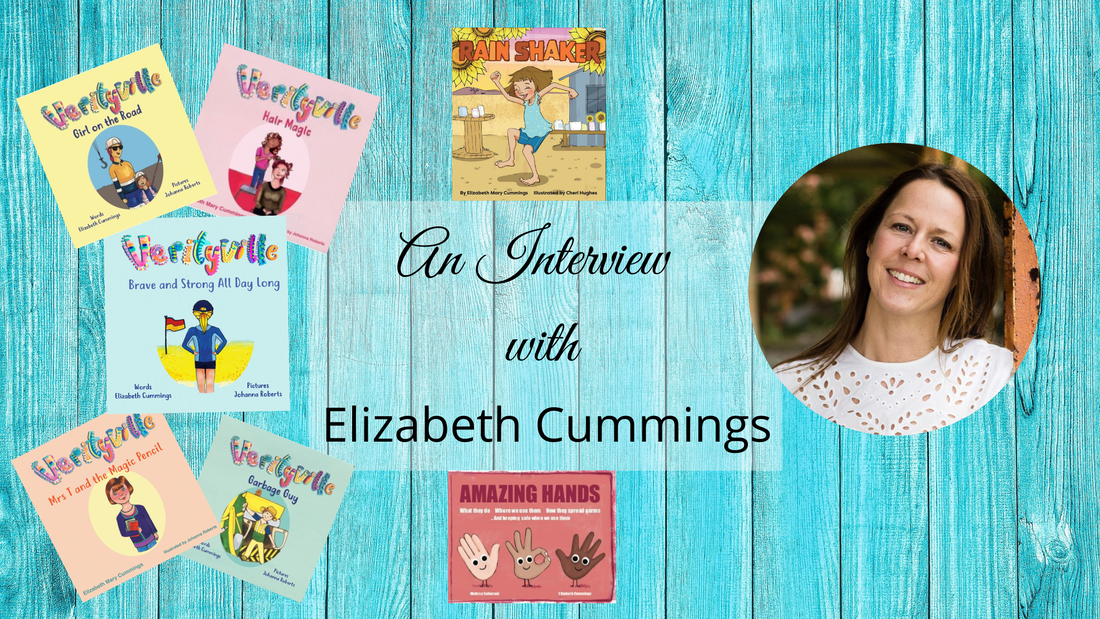
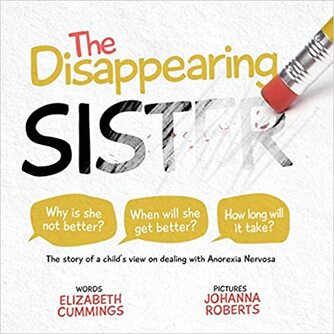
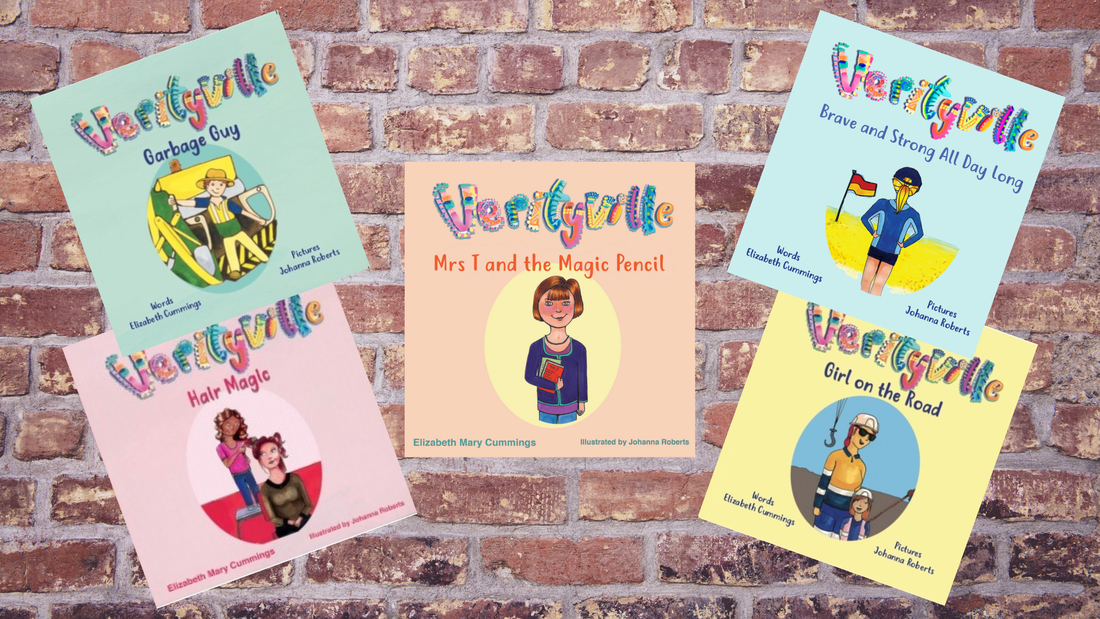
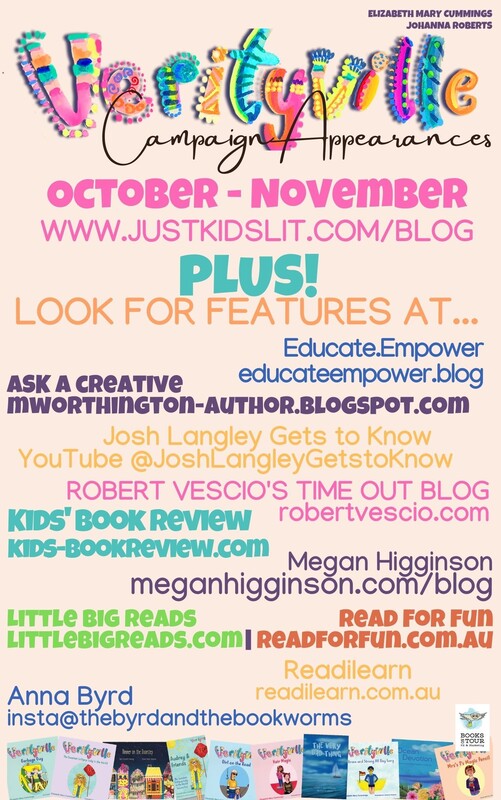
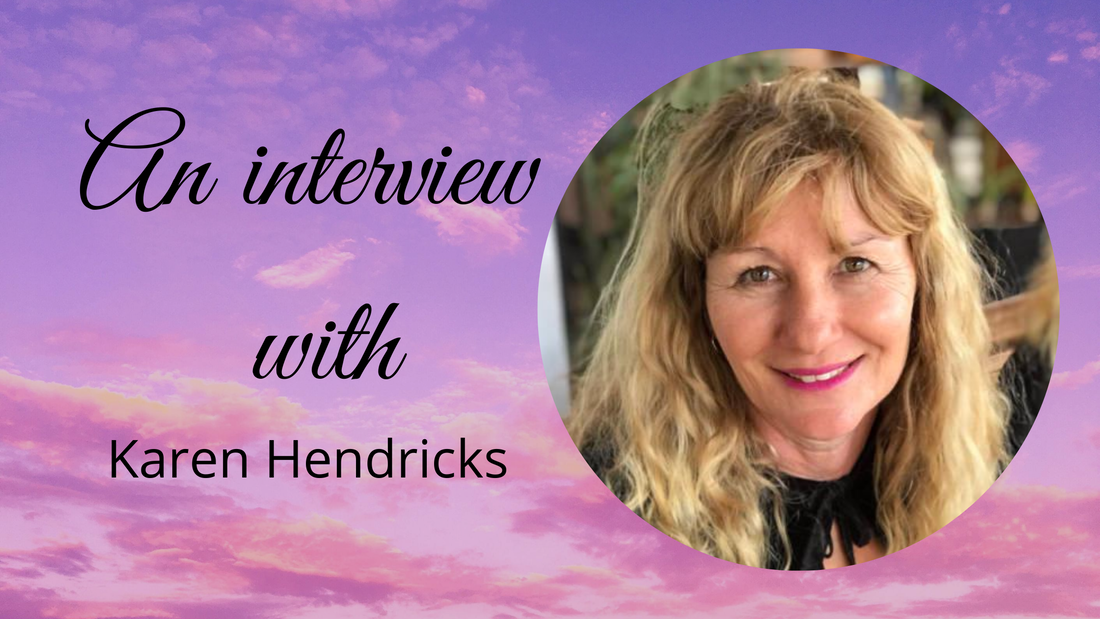
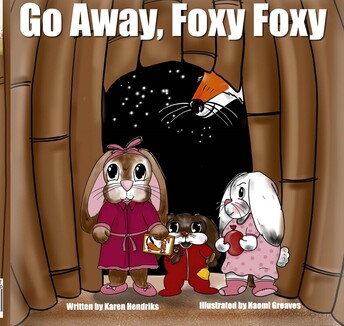
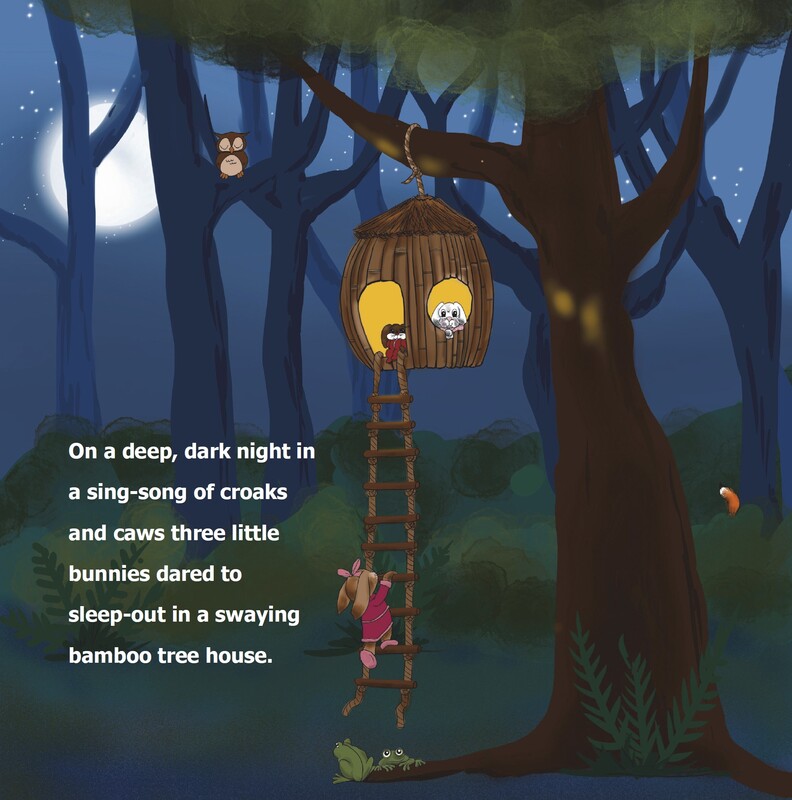
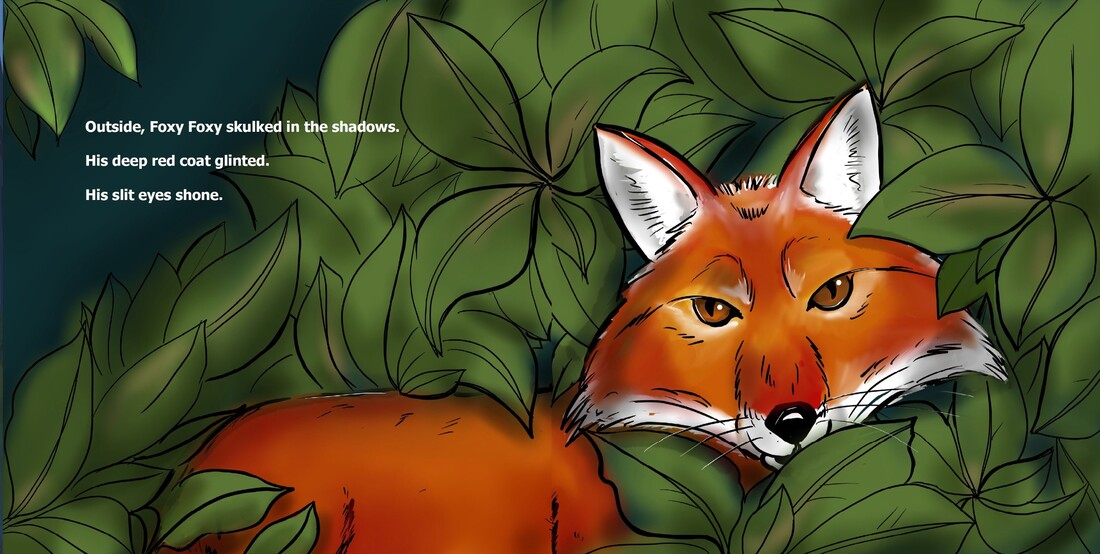
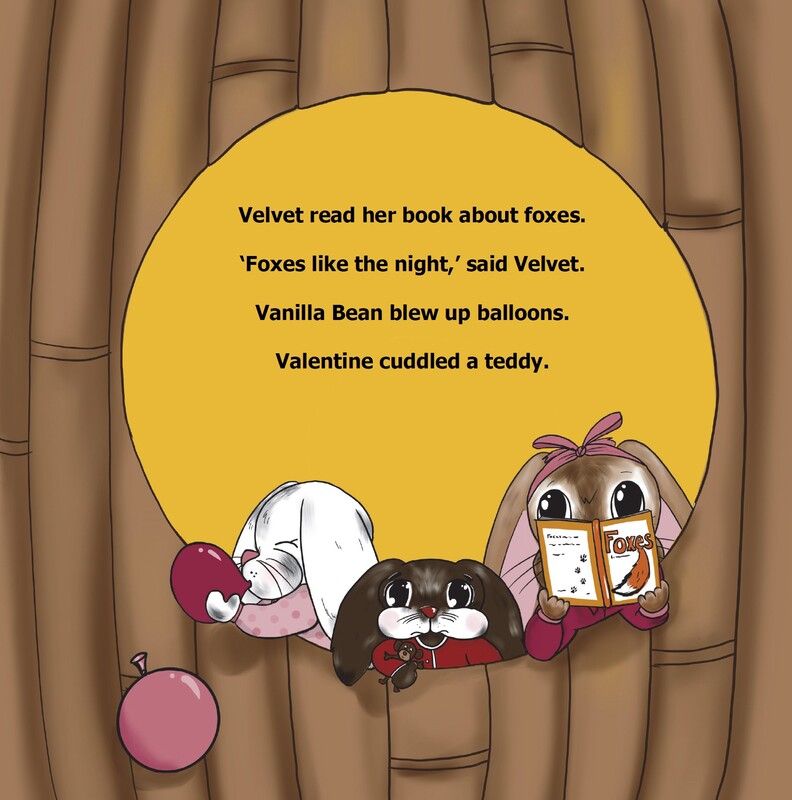
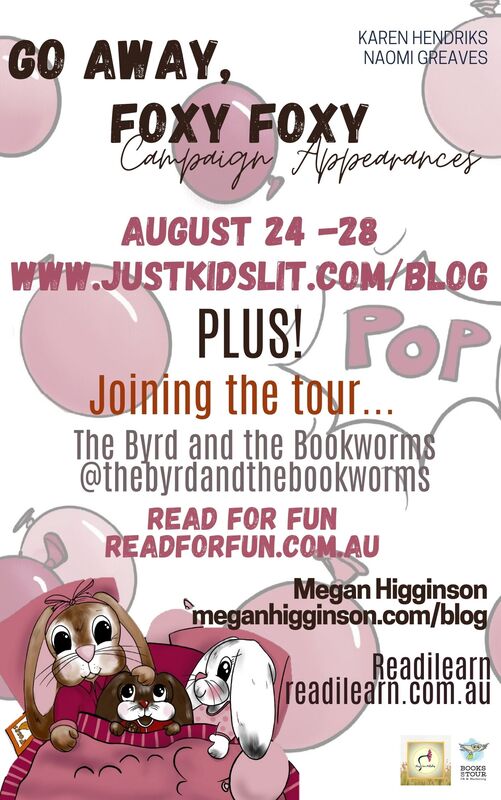
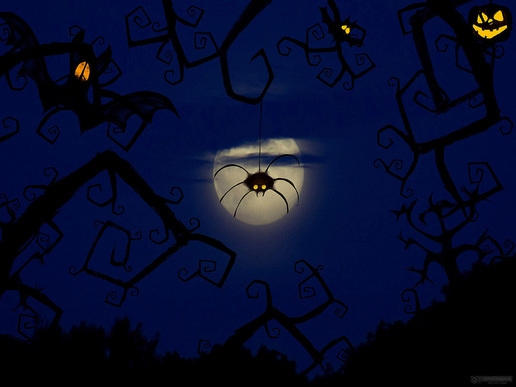
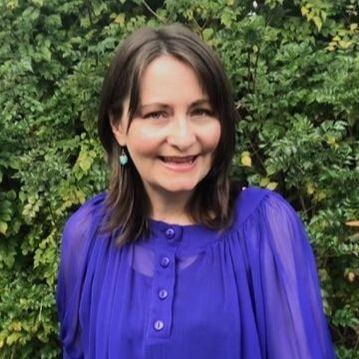
 RSS Feed
RSS Feed